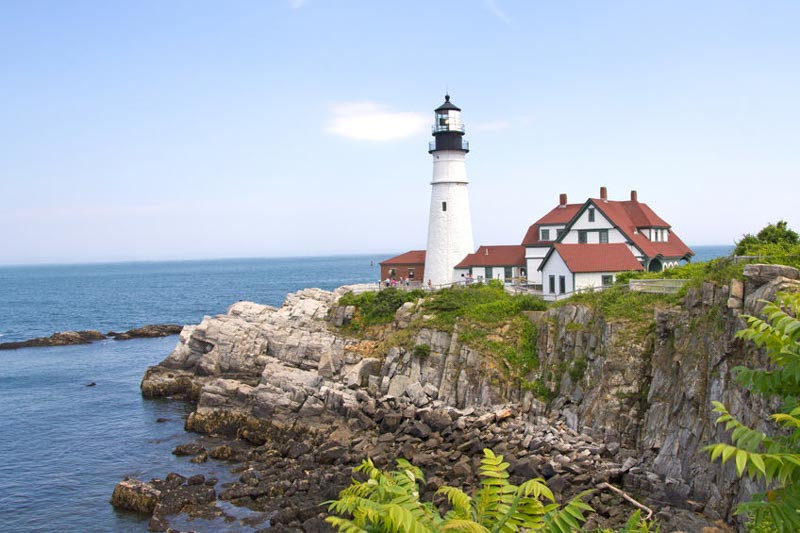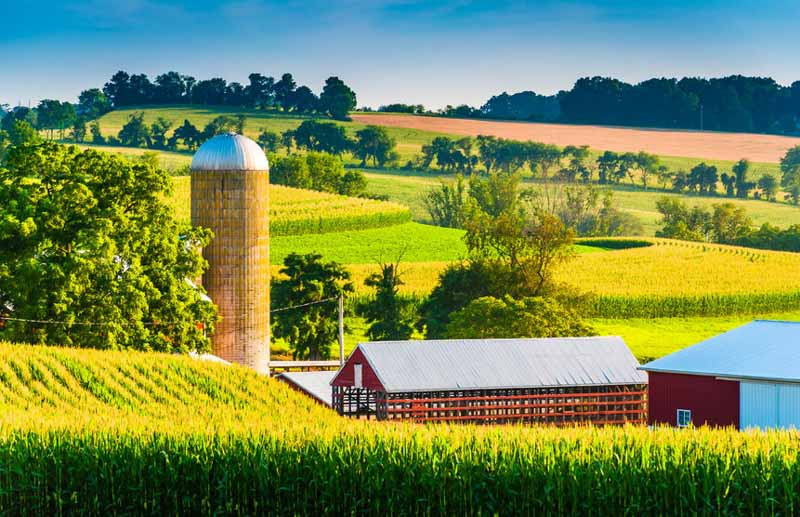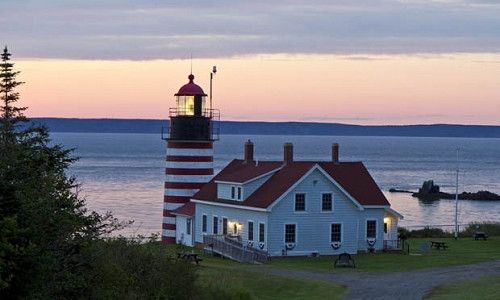Northeast - The Best Plants to Grow in Your Garden
Choosing plants for the Northeast, covering USDA Hardiness Zones 3-7 and AHS Heat Zones 1-6, requires an understanding of the region’s distinct climate. Here are some expert tips:
- Understand the Climate: Northeast regions experience cold winters and warm summers. Spring can be short and fall often brings beautiful autumn foliage. Winter hardiness is crucial in plant selection.
- Choose the Right Plants: Many deciduous trees, shrubs, and perennials are suitable for the Northeast. Consider maples, oaks, rhododendrons, hydrangeas, peonies, hostas and daylilies. Native plants are typically resilient choices.
- Prepare for Winter: Mulch around plant bases to provide a layer of insulation for plant roots. Use burlap screens for wind protection and consider moving vulnerable potted plants indoors.
- Soil Considerations: The soil type varies greatly, but many areas have acidic soil. Regular soil testing is advisable to make suitable amendments.
- Watering Practices: While the Northeast generally has abundant rainfall, summer can be dry. Therefore, supplemental watering may be necessary.
- Manage Pests and Diseases: Mildew, black spot, and aphids can be issues. Prompt treatment and regular plant inspection are crucial.
- Grow Food: The Northeast has a fantastic growing season for many vegetables and fruits. Tomatoes, squash, blueberries, and apples are all good choices.
- Work With Local Experts: Your local cooperative extension or garden center can provide invaluable guidance for plant selection and care.
By understanding your microclimate and choosing plants accordingly, you can cultivate a thriving garden in the Northeast.



